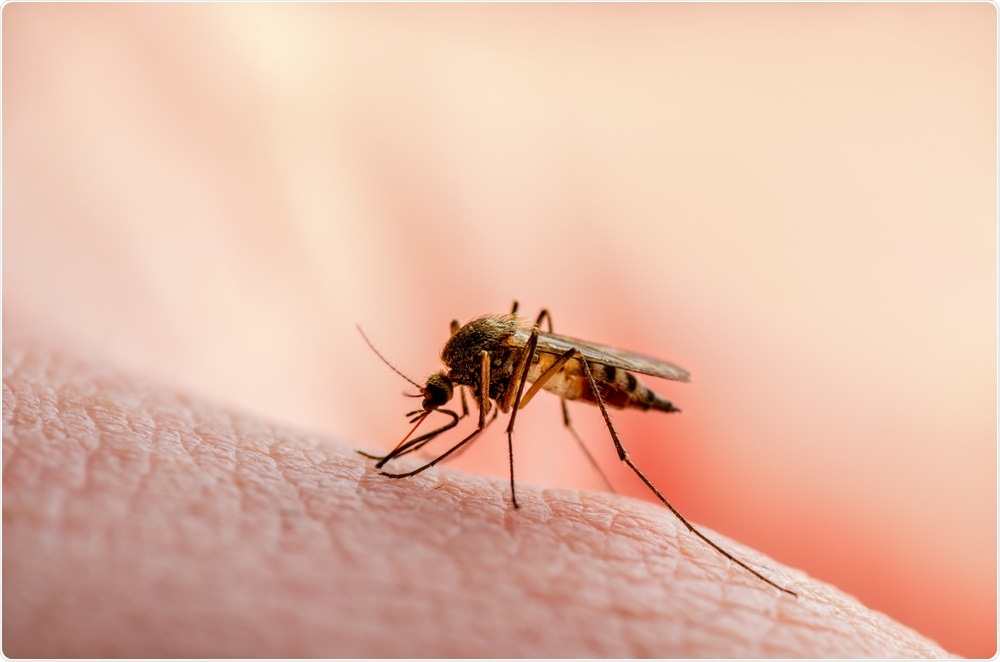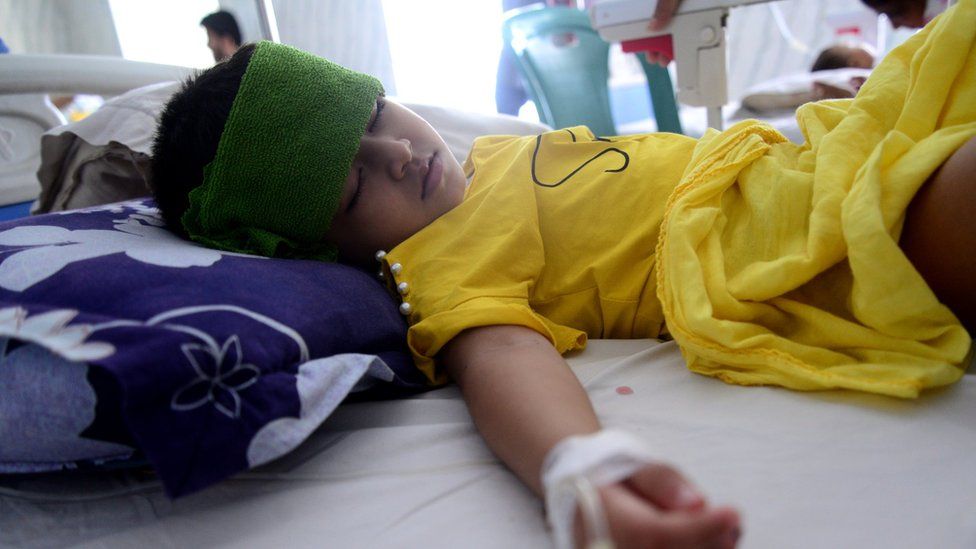Arthropod vectors are cold-blooded (ectothermic), making them particularly vulnerable to environmental changes.
The weather has an impact on vector survival and reproduction rates, which in turn has an impact on habitat suitability, distribution, and abundance; the intensity and temporal pattern of vector activity (especially biting rates) throughout the year; and the rates of pathogen development, survival, and reproduction within vectors.
1. Malaria
Malaria is a potentially fatal disease caused by parasites (Plasmodium vivax, Plasmodium falciparum, Plasmodium malariae, and Plasmodium ovale) spread by female Anopheles mosquitoes. In India, about 1.3 billion individuals are at high risk of contracting malaria.
India is responsible for 2% of global malaria cases and 2% of global malaria deaths (52 percent of all malaria deaths outside of sub-Saharan Africa). In addition, India is responsible for 85.2 percent of the malaria burden in Southeast Asia.

India contributes 47% of the worldwide P. vivax malaria load, making it crucial for global malaria elimination, especially in the Southeast Asian region. Malaria control and eradication have made tremendous progress in the country.
In 2019, 6.8 million fewer cases were reported than in 2016, and the number of cases per 1000 people at risk dropped from 10 to 4.3. Deaths reduced from 0.018 to 0.006 per 1000 of the population at risk during the same time period.
2. Dengue Fever
Humans develop dengue fever after being bitten by infected female mosquitoes. An infected mosquito can spread the virus for the remainder of its life after the virus has been incubated.
Mosquitoes like this can be found in tropical and subtropical areas all over the world. They like to breed in man-made containers (such as buckets of water, potted plants, and so on) and reside in metropolitan areas. In India, dengue fever has become a major public health issue.

In comparison to North India, the dengue transmission potential was considerable in South and Central India, according to RCP4.5 and RCP8.5. Similarly, India reported 325 dengue-related deaths in 2017, the highest number since 2015. For the first time since 2015, dengue deaths in India fell into double digits last year.
According to data from the National Vector Borne Disease Control Programme, India had 56 dengue deaths in 2020, down roughly 83 percent from 2017.
3. Zika Virus Infection
In tropical and subtropical areas, the Zika virus is predominantly spread via the bite of an infected mosquito of the Aedes genus, usually Aedes aegypti.
Aedes mosquitoes bite most commonly throughout the day, with peak bite times in the early morning and late afternoon/evening. Dengue, chikungunya, and yellow fever are all spread by the same mosquito.
The Zika virus can also be passed from mother to foetus during pregnancy, via sexual contact, blood and blood products transfusions, and organ donation. In 2017, the first Zika virus case was reported in Gujarat, followed by Tamil Nadu. Later in 2018, large outbreaks occurred in Rajasthan and Madhya Pradesh.
Fever, skin rashes, conjunctivitis, muscle, and joint discomfort, malaise, and headache are symptoms that are comparable to those caused by other arbovirus infections such as dengue. These symptoms are usually mild and last between two and seven days. Only one in every four people infected with the virus shows symptoms.
4. Japanese encephalitis
Japanese encephalitis is a virus that infects the brain and is spread through mosquito bites. It is most widespread in rural areas of Southeast Asia, the Pacific Islands, and the Far East, although it is quite uncommon among travelers.
The virus can be found in pigs and birds, and it is transmitted to mosquitos by biting infected animals. Fever, headache, and vomiting are common initial symptoms. Over the next few days, mental status changes, neurologic symptoms, weakness, and mobility abnormalities may occur.

Seizures are prevalent in people of all ages, but notably in youngsters. Japanese encephalitis (JE), which is caused by a mosquito-borne virus, was first identified in India in 1955, and since then, many big outbreaks have been reported from various sections of the nation, primarily in rural areas.
The majority of those affected are children, with a morbidity incidence of 0.30 to 1.5 per 100,000 people.
5. Nipah virus infection
Nipah virus (NiV) is a zoonotic (animal-to-human) virus that can potentially be transferred through contaminated food or directly between people. It causes a wide spectrum of symptoms in infected humans, ranging from asymptomatic (subclinical) infection to acute respiratory sickness and deadly encephalitis.
The virus can also cause severe sickness in animals like pigs, causing producers to lose a lot of money. Fever, headaches, myalgia (muscle pain), vomiting, and sore throat are among the first symptoms that infected people experience.

Dizziness, tiredness, altered awareness, and neurological symptoms may follow, indicating acute encephalitis. Atypical pneumonia and severe respiratory difficulties, including acute respiratory distress, can also occur in some people.
In extreme cases, encephalitis and convulsions develop, progressing to coma within 24 to 48 hours. The infamous Nipah virus has reappeared in India, killing 19 people in the Indian states of Kerala and Karnataka in May 2018. A total of 19 people have been diagnosed with the virus and are being treated for it.
Also Read: Balding Genes May Raise Covid Cases In Males





















